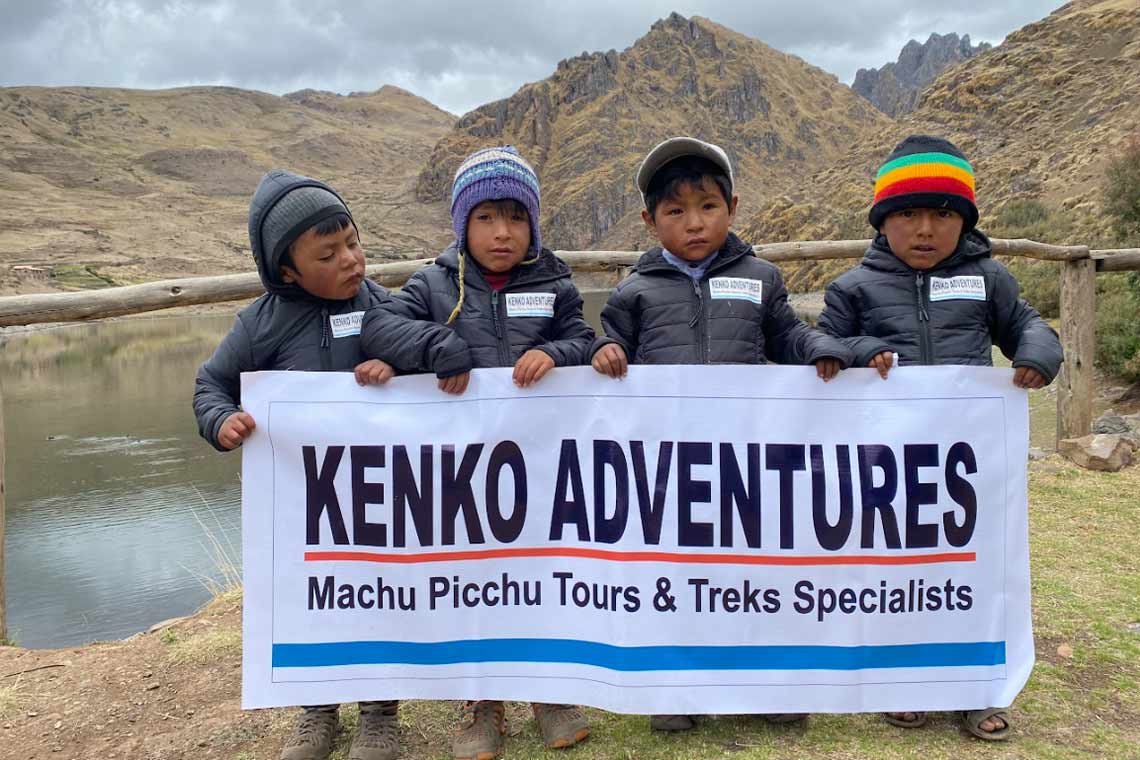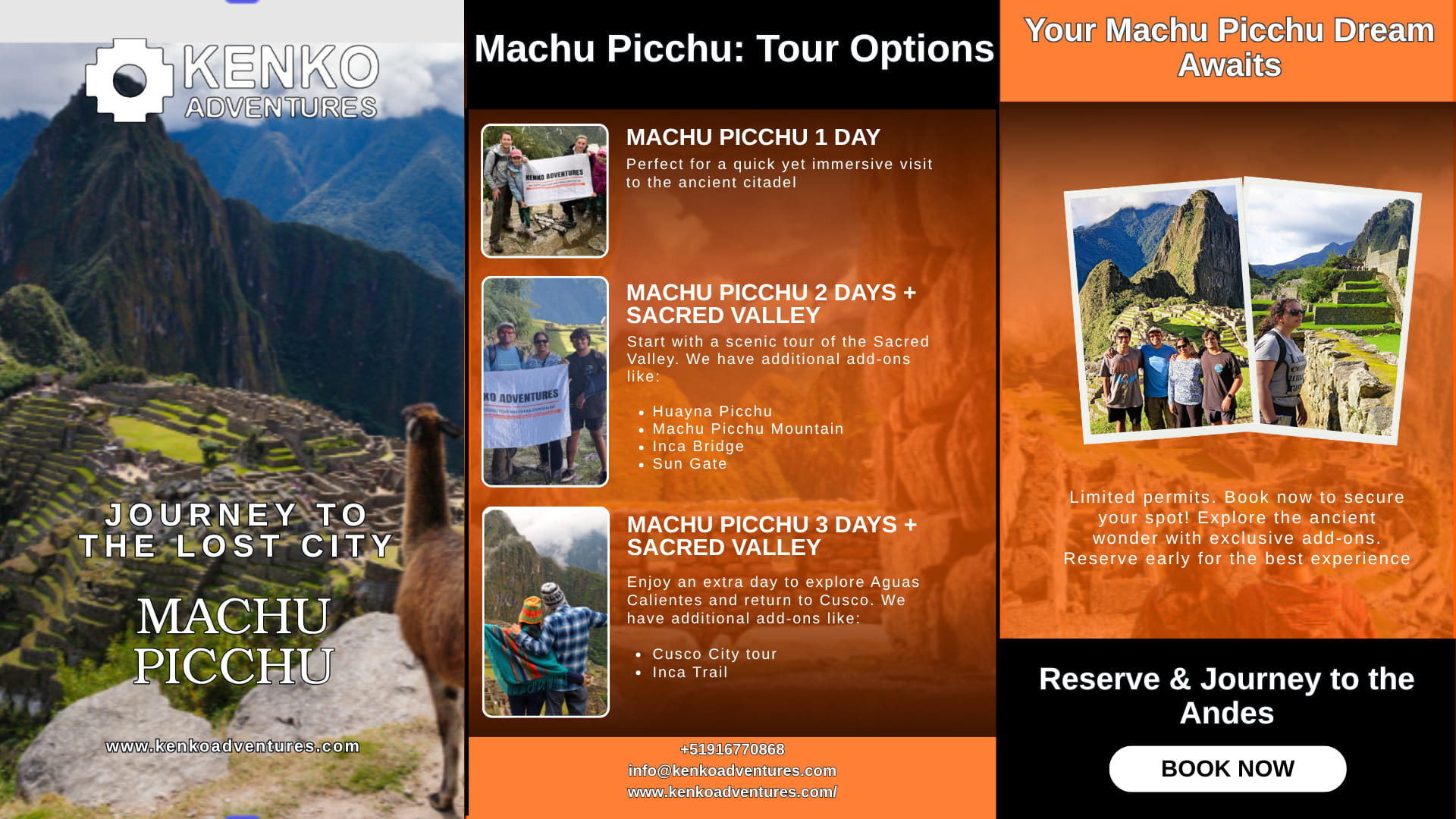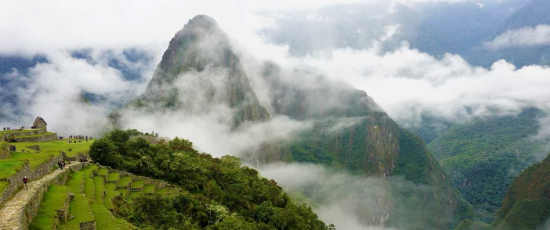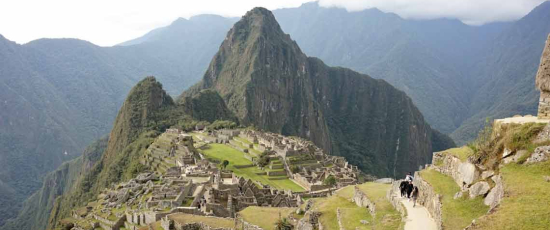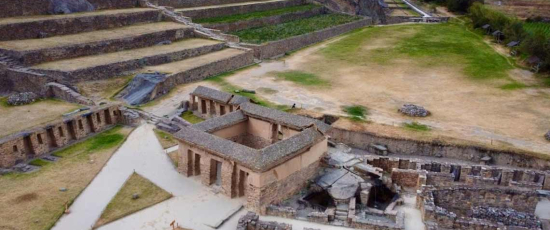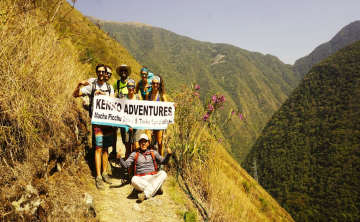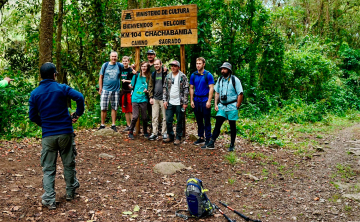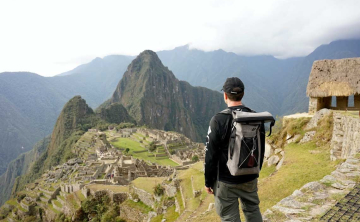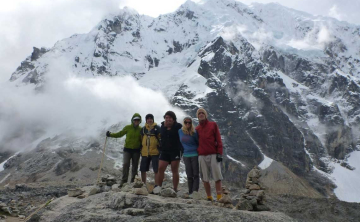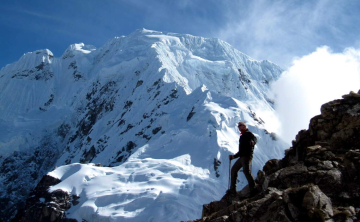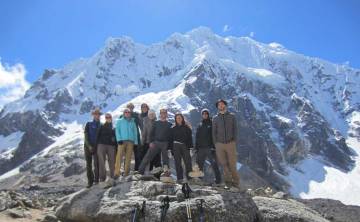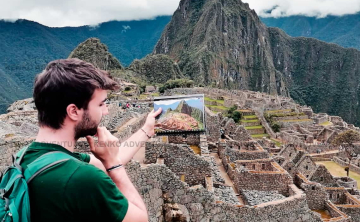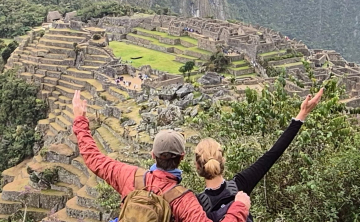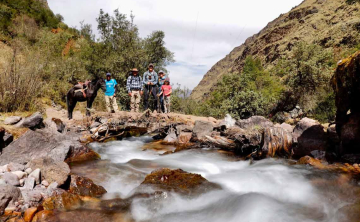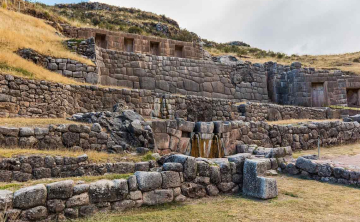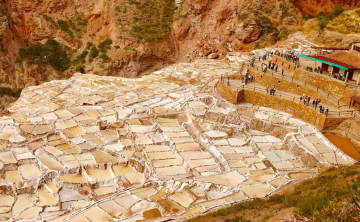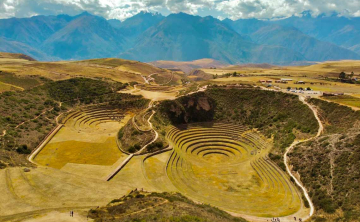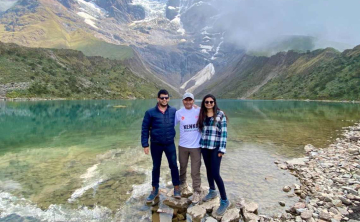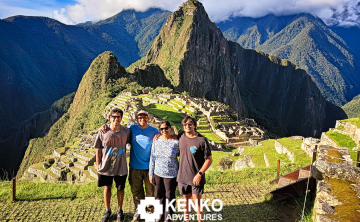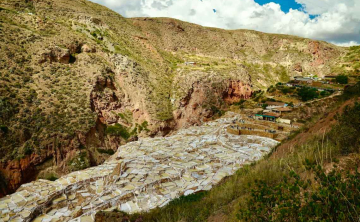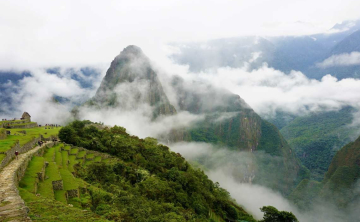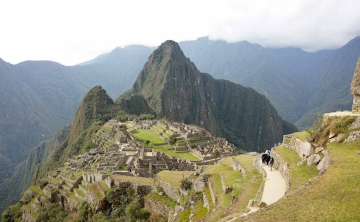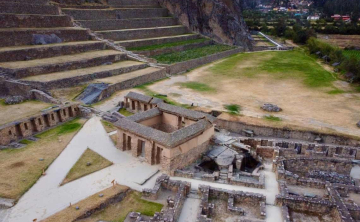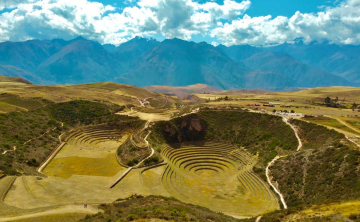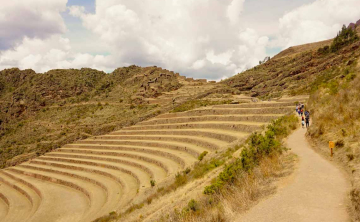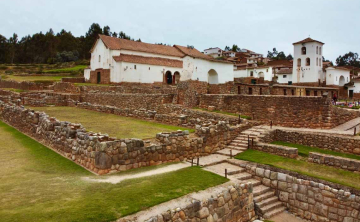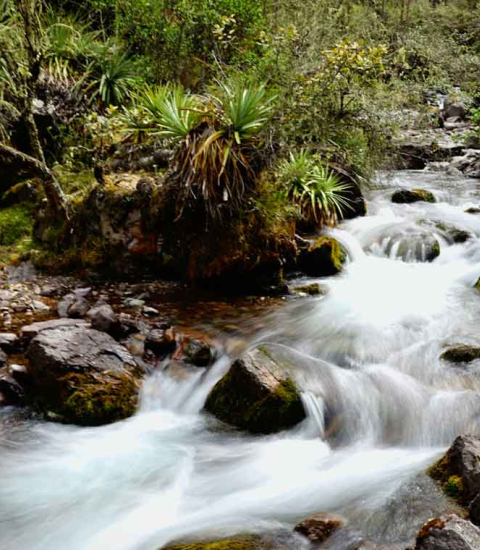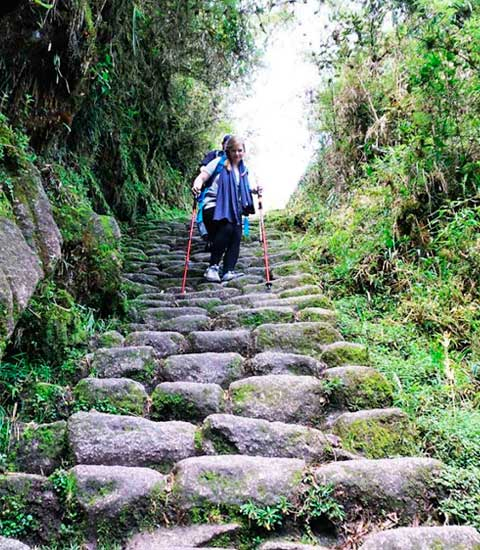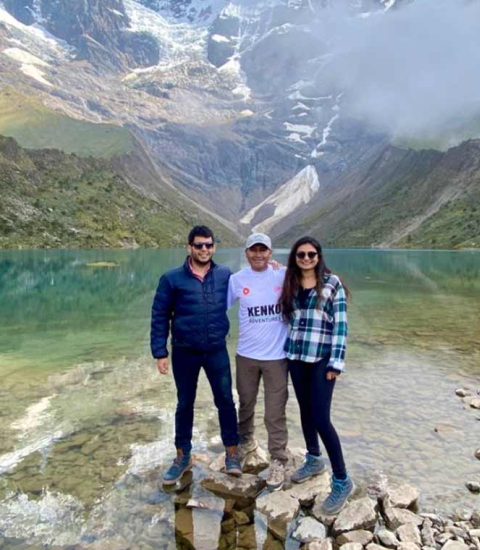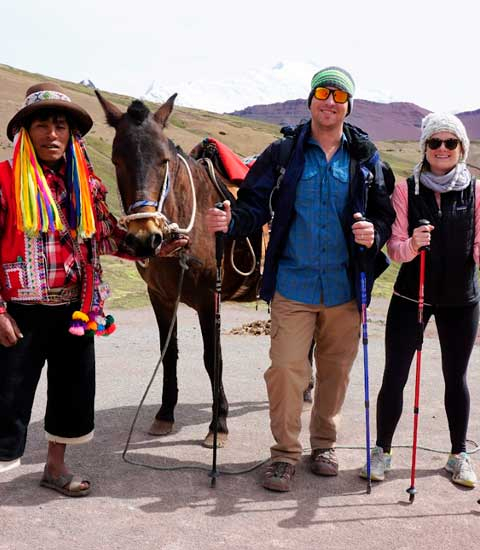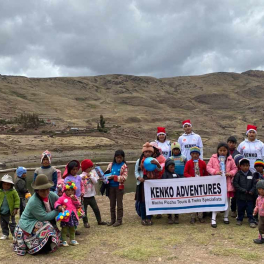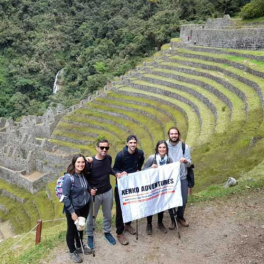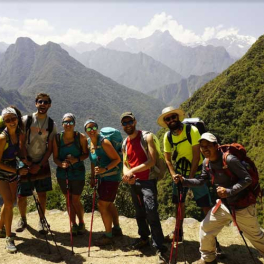
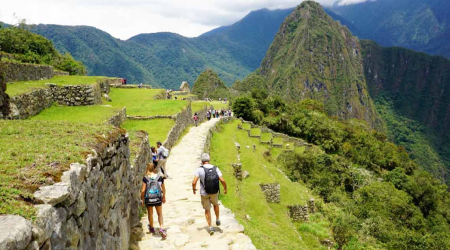
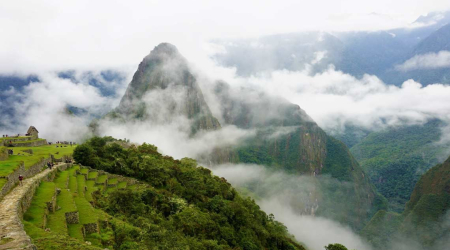


Best Machu Picchu Tours
Essential Travel Tips, and Historical Insights
We know that to visit Machu Picchu is to fulfill a lifelong dream. It is a journey we have guided countless travelers on, and we feel the unique energy of this sacred place every time. Our Machu Picchu tours are designed to help you connect with it fully. We handle every detail, from the scenic Machu Picchu train tours to the expert guidance within the citadel. We offer the best Machu Picchu tours because we are your partners in this unforgettable adventure.
Discover the Best Way to Experience Machu Picchu
We have crafted a wide range of tours to Machu Picchu from Cusco to ensure you find the perfect fit. Whether you are looking for an intense 1 day tour Machu Picchu or a more immersive multi-day experience that includes the Sacred Valley, we have the ideal itinerary. Our Machu Picchu packages combine comfort, adventure, and deep cultural insight. Explore our expertly designed tours below and choose your path to the sanctuary.
Machu Picchu 1 Day Trip from Cusco
This is the most efficient way to experience the wonder of the citadel. Our Machu Picchu 1 Day Trip from Cusco is an intense, perfectly organized journey for travelers with limited time. We take care of all the logistics so you can focus on the magic of arriving at one of the world's most famous destinations.
Master Your Express Day Trip
- Understand the different ways to travel to the citadel for your day tour.
- Get an overview of the new circuits to choose the best one for your visit.
- Learn about the train journey, a key part of your adventure.
Machu Picchu 2 Day + Sacred Valley
This is one of our most popular Sacred Valley and Machu Picchu tour options. The Machu Picchu 2 Day + Sacred Valley tour allows you to acclimatize while exploring the stunning ruins of the Sacred Valley on day one. You then spend the night in Aguas Calientes, ready for an early start at Machu Picchu the next morning.
Guidance for Your 2-Day Tour
- Discover the history of Ollantaytambo, where you will spend the night.
- Learn about the beautiful Vistadome 360┬░ train option for your journey.
- Find out some amazing facts about the citadel before you go.
Machu Picchu 2 Day + S. Valley + Huayna Picchu
Answer the call of adventure. The Machu Picchu 2 Day + S. Valley + Huayna Picchu adds the thrilling, heart-pounding challenge of climbing Huayna Picchu. It is a steep, ancient staircase to the heavens, rewarding you with unparalleled, bird's-eye views of the entire citadel. Securing Huayna Picchu tickets is notoriously difficult, but as your expert guides, we handle this crucial step for you.
Preparing for Your Huayna Picchu Climb
- Understand the differences between the two main mountain climbs available.
- Learn about the new rules and circuits which are critical for planning your visit.
- Get a preview of the breathtaking views that await you from the top.
Machu Picchu 2 Day + S. Valley + Mountain
This tour offers a fantastic alternative climb. The Machu Picchu 2 Day + S. Valley + Mountain includes a trek up Machu Picchu Mountain. This hike is longer but less steep than Huayna Picchu, offering panoramic views from the highest point of the sanctuary. It is the best way to get that iconic postcard photo.
Insights for Your Mountain Hike
- Compare the Machu Picchu Mountain hike with the Huayna Picchu option.
- Know which ticket to choose for your desired circuit and mountain combination.
- Discover how to escape the crowds and find unique viewpoints.
Machu Picchu 2 Day + S. Valley + Inca Bridge
Venture beyond the main circuits to explore a hidden gem. The Machu Picchu 2 Day + S. Valley + Inca Bridge tour includes a short, thrilling walk along a narrow path to a secret Inca bridge. Carved into a sheer cliff face, this trail showcases the incredible and daring engineering of the Incas. It is a unique Machu Picchu experience away from the crowds, offering a moment of quiet awe.
Planning for the Inca Bridge Walk
- Learn about the history and purpose of the Inca Trail system.
- Discover the history of the Inca culture that built this marvel.
- Find out how the citadel was rediscovered in modern times.
Machu Picchu 2 Day + S. Valley + Sun Gate
Arrive at Machu Picchu like the Incas did. This Machu Picchu 2 Day + S. Valley + Sun Gate tour includes a short hike up to Inti Punku (the Sun Gate). This was the original entrance for those arriving from the Inca Trail. It offers the first breathtaking, panoramic view of the citadel from above.
Guidance for Your Sun Gate Hike
- Learn about the mystical entrance of the Sun Gate at Machu Picchu.
- Discover the history and significance of the Inti Punku.
- Read about the Intihuatana stone, another sacred element within the citadel.
Machu Picchu 3 Days + S. Valley
We believe the best journeys are unhurried. The Machu Picchu 3 Days + S. Valley tour is designed for a more relaxed and immersive experience, giving you the gift of time. You will explore the Sacred Valley's key sites without rushing, enjoy a full tour of Machu Picchu, and have extra time to soak in the atmosphere of Aguas Calientes.
Planning Your Immersive 3-Day Tour
- Discover the top things to do in Pisac, a highlight of the Sacred Valley.
- Learn about the delicious local food you can try on your trip.
- Consider relaxing in the local hot springs after your visit.
Machu Picchu 3 Days + S. Valley + Cusco
This is our most complete cultural package. The Machu Picchu 3 Days + S. Valley + Cusco combines everything. You get a tour of Cusco's historic landmarks, a full exploration of the Sacred Valley, and a guided visit to Machu Picchu. It is the ultimate tour for history and culture lovers.
Insights for the Complete Cultural Package
- Learn about the imperial city of Cusco, the starting point of your journey.
- Explore the golden temple of Qorikancha, a key site in Cusco.
- Discover the best museums to visit during your time in the city.
Machu Picchu 3 Days + S. Valley + Inca Trail
This tour offers a taste of everything. The Machu Picchu 3 Days + S. Valley + Inca Trail is a unique combo. You will explore the Sacred Valley, spend a night in Aguas Calientes, visit Machu Picchu, and then hike the final section of the Inca Trail in reverse on the third day.
Guidance for This Unique Combination
- Understand the difference between the short and classic Inca Trail options.
- Learn about Chachabamba, an Inca site you will see on your short hike.
- Get essential recommendations for your hiking adventure portion.
Machu Picchu tours
Pagination
Pagination
- Current page 1
- Next page
Free warm jacket for my litle friend!
Kenko Adventure Peru founder decided to add a social proyect in all Our tours that means, if you are booking a tour with Us, you automatically are donating a warm jacket for Our litle kids that have very hard living in very cold conditions near by the Andes Mountain
